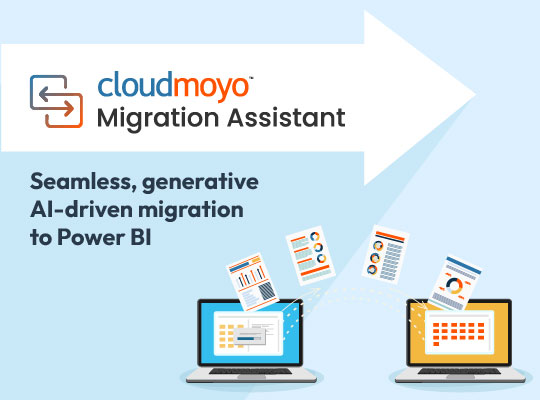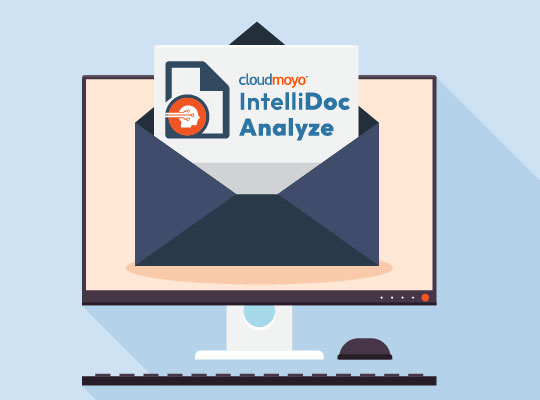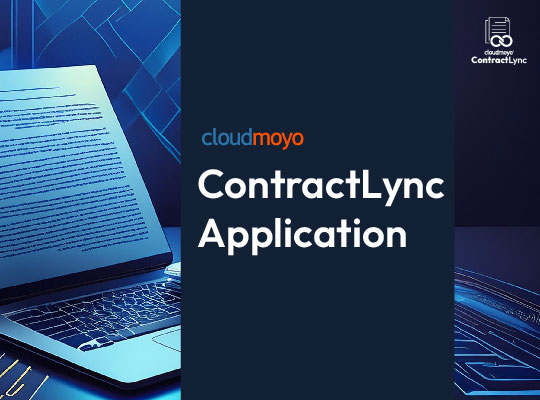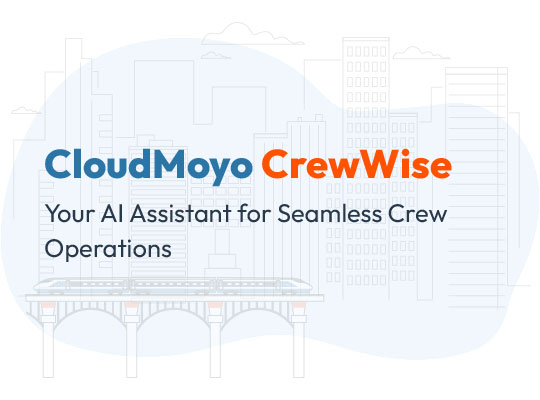The ‘digital transformation’ revolution across industries is succeeding in establishing a digital-first world. What does this look like? Organizations are migrating their infrastructure to the cloud in what has become a two-fold increase in the employment of managed cloud services in 2020 from 2018. Business leaders are hard at work to integrate IT and business together to wield the optimization of processes.
Cloud infrastructure is enabling businesses to develop apps faster and simplify the management of such applications in a cloud environment. These applications are built to embrace change at scale with resilience. From infrastructure services to containerization and virtualization, several aspects constitute the entire process of being cloud-native. But the question is, what’s in store for the adoption of cloud-native services? How are cloud-native applications reshaping enterprises?
Benefits of cloud-native app development apps for businesses today
Quicker time-to-market
Software development and delivery pipelines have become increasingly predictable and faster with modern DevOps processes. It provides organizations with the benefit of building, deploying, and managing apps in the cloud within fast development and deployment timelines.
Enriched customer experiences
With cloud-native applications, businesses can make changes and add features continuously to applications that your customers use and enjoy. The employment of API-based integration, for instance, can enable the connection of enterprise data stores and front-end apps, seamlessly enriching the employee experience through back-end data management.
Lower IT costs
The standardization of tools and infrastructure has dramatically brought down the overall costs of maintaining these tools and infrastructure. With the automation capabilities that cloud-native applications provide, your company can save on costs associated with the manual management of applications.
Ease of management
Infrastructure management with serverless platforms eliminates the need to provision cloud instances or allocate storage. With less hands-on time spent managing what can be automated tasks and actions, you can focus on efforts on activities that drive business growth.
Enhanced systems reliability
Owing to their microservices, cloud-native architecture is highly fault-tolerant, self-healing, and resilient. Each small service can be deployed and scaled independently of other application services, and actions like updates can be automated in cloud-native applications. This translates into reduced downtime and better customer experiences.
How are cloud-native apps reshaping organizations?
Legacy, on-premises organizational infrastructure is becoming obsolete. The drive to become more agile, collaborative, and customer-centric is leading to the adoption of agile cloud-native apps that drive collaboration organization-wide and improve customer experiences. These applications are providing businesses with speed to innovation, higher agility, greater elasticity, and reduced cost-to-market. So it’s no wonder that roughly 32% of all new enterprise IT applications are cloud-native, according to a Capgemini survey!
The idea behind cloud-native app development is to specifically design apps with the cloud in mind, or re-platform or refactor existing applications for new cloud infrastructure. With this cloud-native architecture mindset, modern-day businesses are reorganizing processes, technologies, and workflows to derive tangible business advantage. Containers and cloud technology standards are enabling rapid iteration using orchestration and repeatable automation. By doing so, businesses are benefiting from improved efficiency and speed of service assembly, so that they can quickly respond to changing dynamics within the market.
Cloud-native computing is unlocking ways to achieve superior scalability, resilience, and flexibility with mission-critical applications. This implies that the whole development lifecycle is impacted, and, as a result, IT becomes a significant business value contributor.
The modern approach to building and running applications
The development of cloud-native apps typically involves DevOps, Agile development, cloud platform, microservices, containers such as Kubernetes, and continuous delivery. Your approach should include:
● Apps strategy: Businesses need to start the process of cloud-native app development by identifying the key driver for development. They must be aligned with business needs in order to drive cloud-agnostic development. Architect the coupled services for widely available platforms in order to maintain portability.
● Platform strategy: Select a suitable container framework and PaaS components for integration, caching, and persistence. You need to set up the selected platforms in the cloud and then perform app onboarding using pilots and automation.
● Operation strategy: At this stage, the redefining of organizational roles comes into action. It implies that the culture and people within an organization need to be managed using training and coaching. It will enable the organization to combat headwinds while conducting strategic assessments and goal adjustments. This involves defining procedures, policies, and platforms.
The entire process of cloud-native application development makes use of several tools:
● Cloud delivery model
● Microservices architecture
● Containers to package code, dependencies, and configurations
● Continuous Delivery (CD) and Continuous Integration (CI)
● Orchestrators such as Kubernetes
● Service mesh such as Cosul and Istio
Getting started with cloud-native application adoption
To embark on your cloud-native app adoption journey, you must have a cloud-native app development strategy in place to realize the business potential of the cloud. As a general trend, change roadmaps can be challenging to build. Here is some guidance on best practices to get started:
● Focus on a service-oriented organization instead of function-based structures to promote the business alignment
● It’s imperative to employ only the latest and up-to-date architectures such as microservices when developing cloud-native architecture
● Equip the organization at the right pace to reorganize and rebuild along with the cloud-native development
● Adoption of DevOps methodologies for faster release cycles
● Drive standardization and observability
● Create automated and responsive dashboards for sharing data within the organization
Why build cloud-native applications with a partner?
With apps at the center of business strategy, having a cloud services provider on-board as you lay out the strategy and development for cloud-native applications can be a game-changer. These partners provide the capabilities, expertise, and domain know-how to kick-start cloud-native app development and unlock more value from mission-critical apps.
What else a partner can provide:
● Velocity and accelerator for rapid cloud-native app development
● Compliant, accessible, and complete solutions
● Automation of workflow and rules engine
● Intuitive and responsive UI framework and support for a variety of devices
● Develop apps that require real-time updates from various data sources
● Microservices-based architecture and development approach
You can explore more information about cloud-native application development and cloud engineering support here.



















